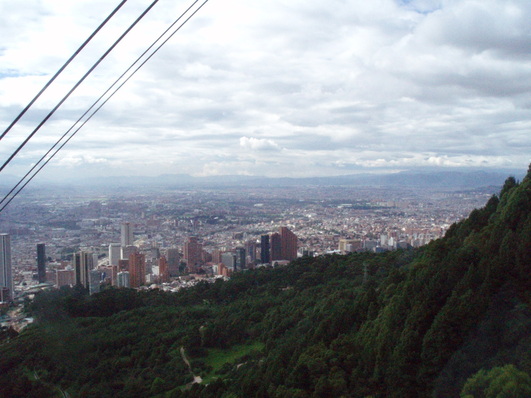 View of the center from on the cable car to Monserrate above the city,
View of the center from on the cable car to Monserrate above the city, 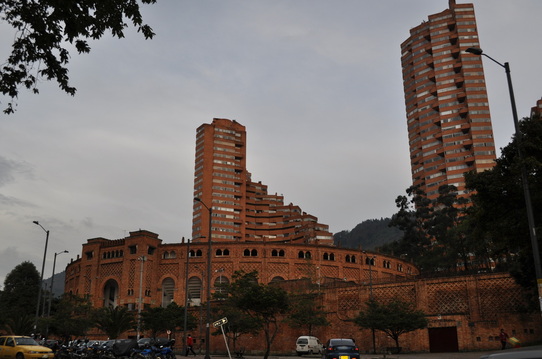 The Plaza de Toros de Santamaria, Bogota's bullfighting ring.
The Plaza de Toros de Santamaria, Bogota's bullfighting ring. Three things sum up my excitement about Bogotá: 1) its positive trajectory; 2) an ideal climate;
3) its expansive scale.
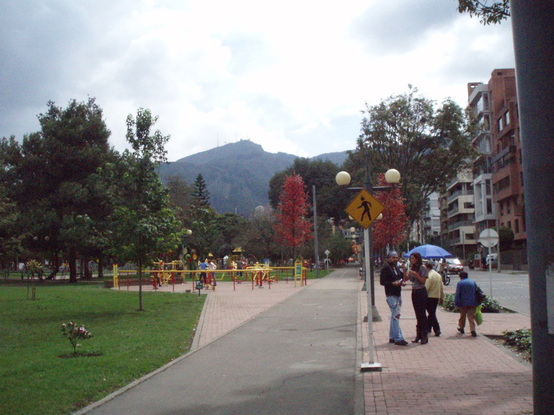 A bicycle path in Parque el Virrey very close to my apartment.
A bicycle path in Parque el Virrey very close to my apartment. 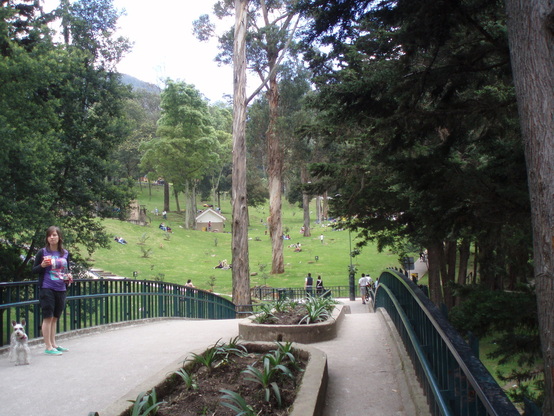 The Parque Nacional, a popular park of 283 hectares, sits right in the heart of the city.
The Parque Nacional, a popular park of 283 hectares, sits right in the heart of the city. 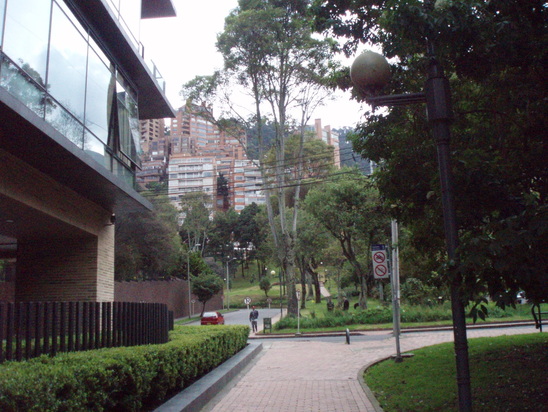 A sidewalk in an elegant neighborhood a few minutes walk from my apartment.
A sidewalk in an elegant neighborhood a few minutes walk from my apartment. 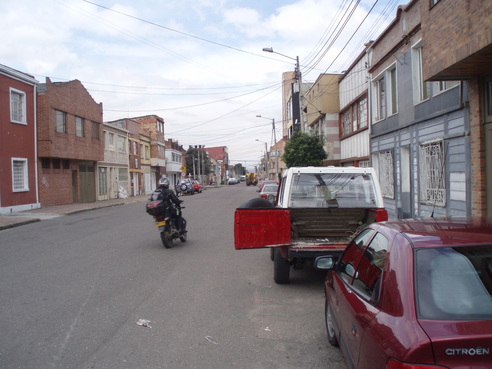 A typically treeless street in a poorer part of the city.
A typically treeless street in a poorer part of the city. 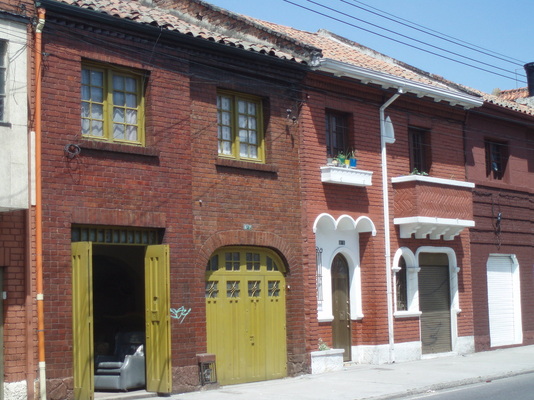 A couple of typical brick houses in Bogota...with no trees in sight.
A couple of typical brick houses in Bogota...with no trees in sight. 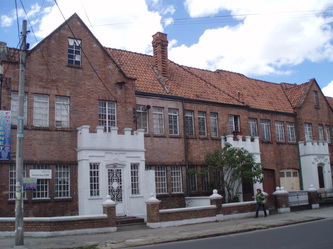

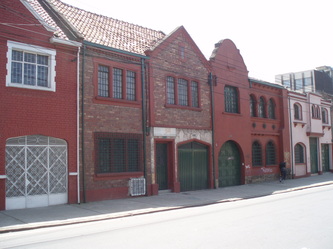
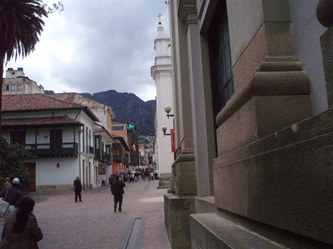
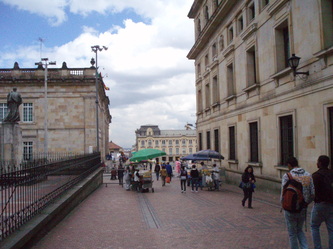
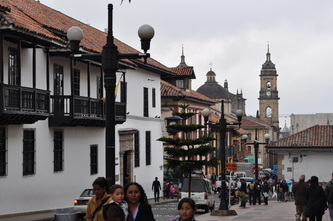

 RSS Feed
RSS Feed

